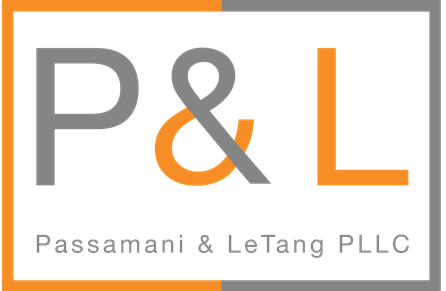Do you own property and have a family? Great, this article is for you! If you own property and have a family, you will need estate planning at some point in the future. So just what is “estate planning?” Estate planning is the process of arranging for the management

